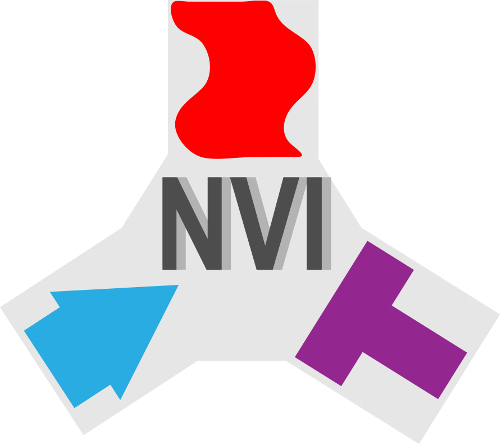
FOR 2325: Interactions at the Neurovascular Interface
Funded since 2016 Speaker: Professor Dr. Ralf H. Adams
Max Planck Institute for Molecular Biomedicine
Max Planck Institute for Molecular Biomedicine
The vasculature and the nervous system form complex, highly branched networks, which are frequently interdependent and functionally linked. Growing vessels, migrating neurons and extending axons respond to similar sets of guidance cues and instructive signals, such as Wnt, Notch, VEGF/VEGFR, or Eph/ephrin molecules. Certain vessels and nerves even align and form dependently, a process mediated by either nerve-derived signals acting on endothelial cells or, conversely, the formation of nerve fibers along a preformed vessel template. The blood-brain-barrier, which protects the central nervous system against potentially harmful cells and molecules from the circulation, requires the tightly coordinated function of endothelial cells, pericytes and astrocytes in a structure called neurovascular unit. Neurovascular interactions are particularly important during development, and they also remain vital for normal organ function and regenerative processes in the adult organism. In fact, many of the most destructive neurodegenerative diseases involve disruption of the neurovascular unit or compromised vascular function in the nervous system. Despite these neurovascular interactions are obviously important, many of the underlying cellular and molecular processes are not yet understood and, in general, the interface between vascular biology and neurobiology is insufficiently studied. The Research Unit (Forschergruppe, FOR) 2325 focuses on neurovascular signaling, the role of common molecular regulators, and the formation and homeostasis of the neurovascular unit. The FOR bundles research activities of leading laboratories and, with the help of central activities, generates a powerful network in a highly promising research field highly relevant for both basic and biomedical science.

